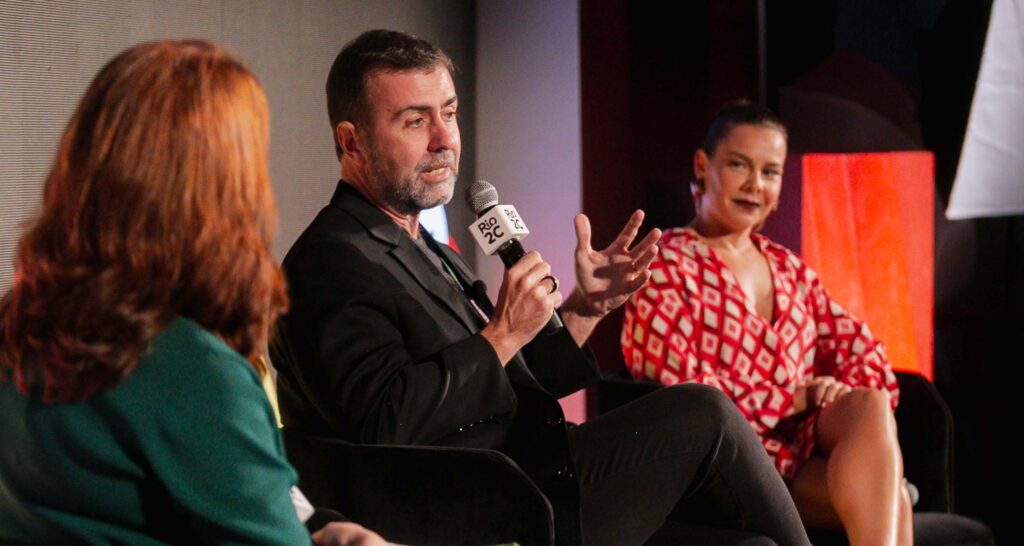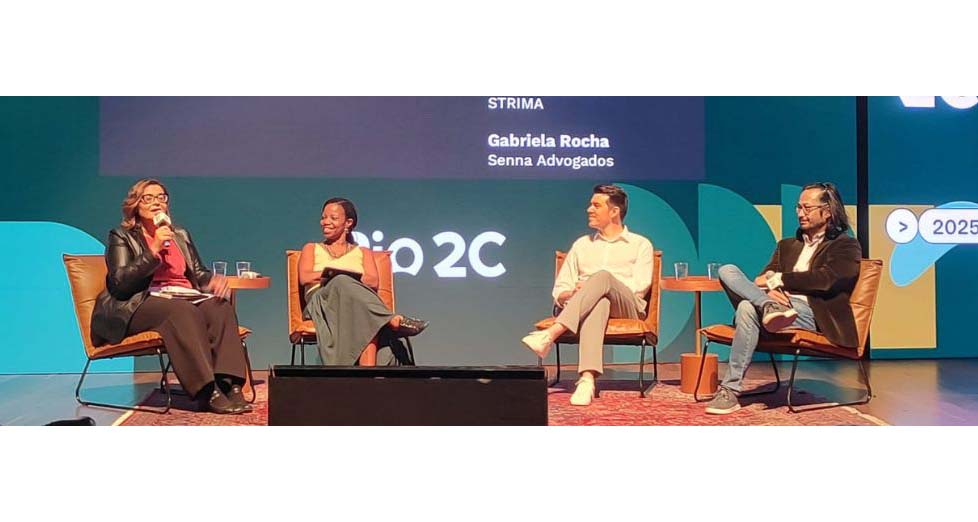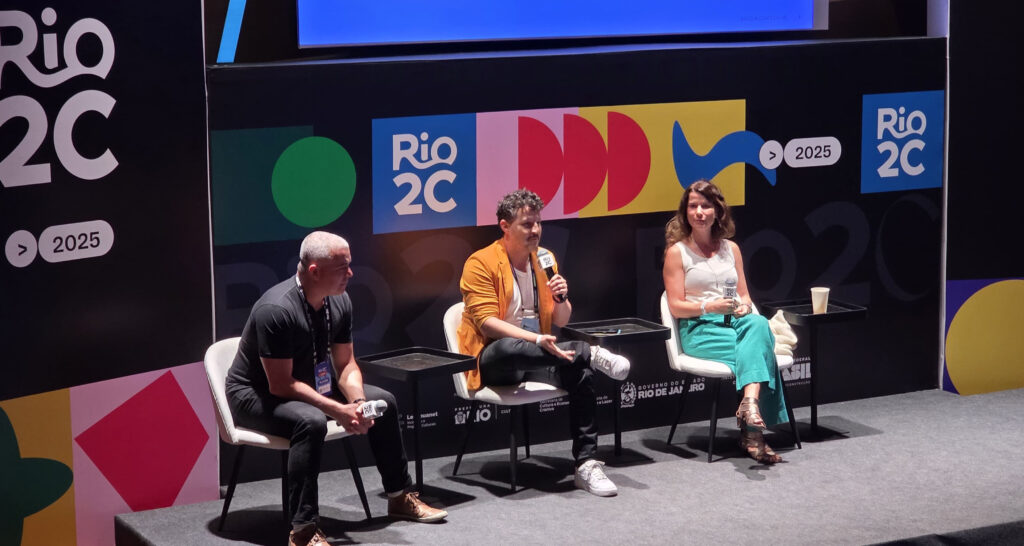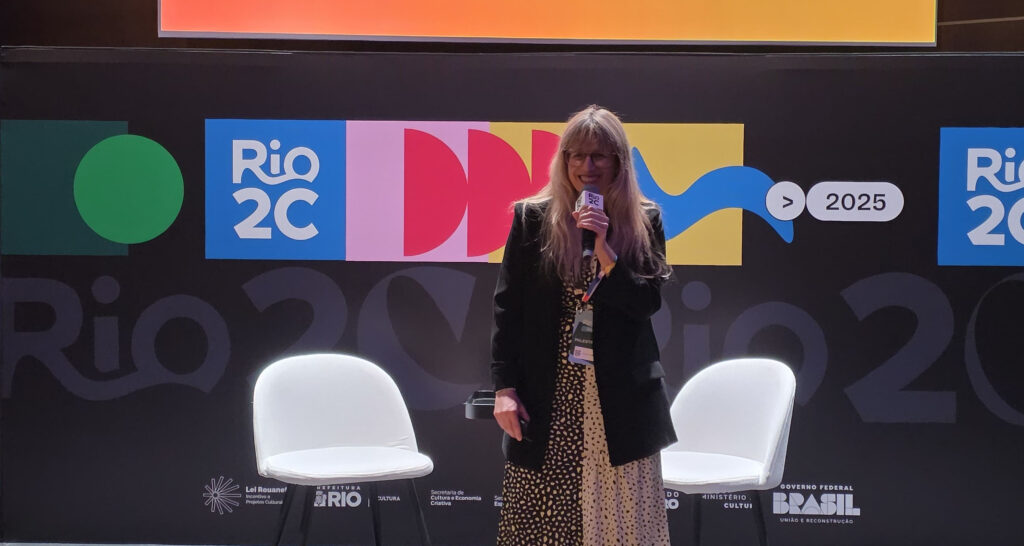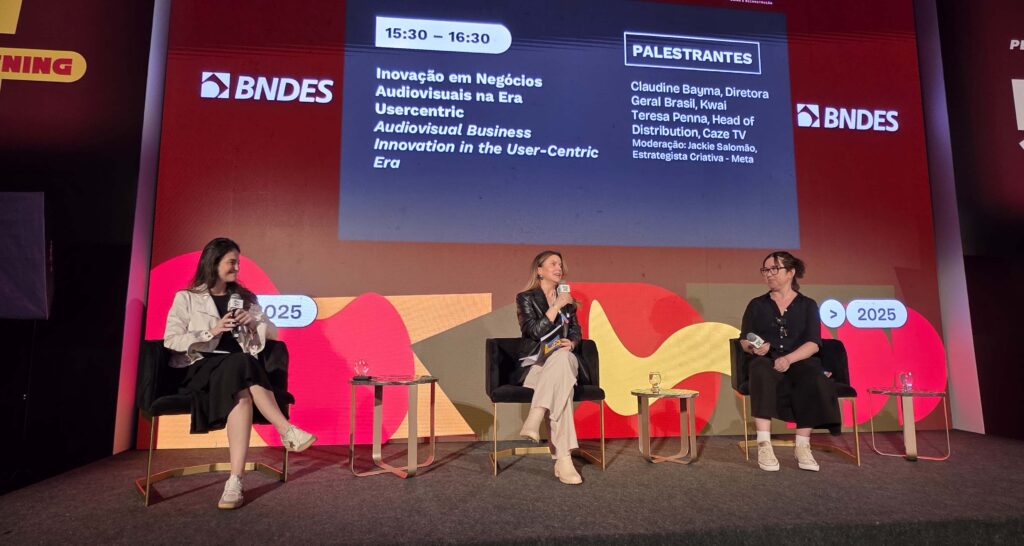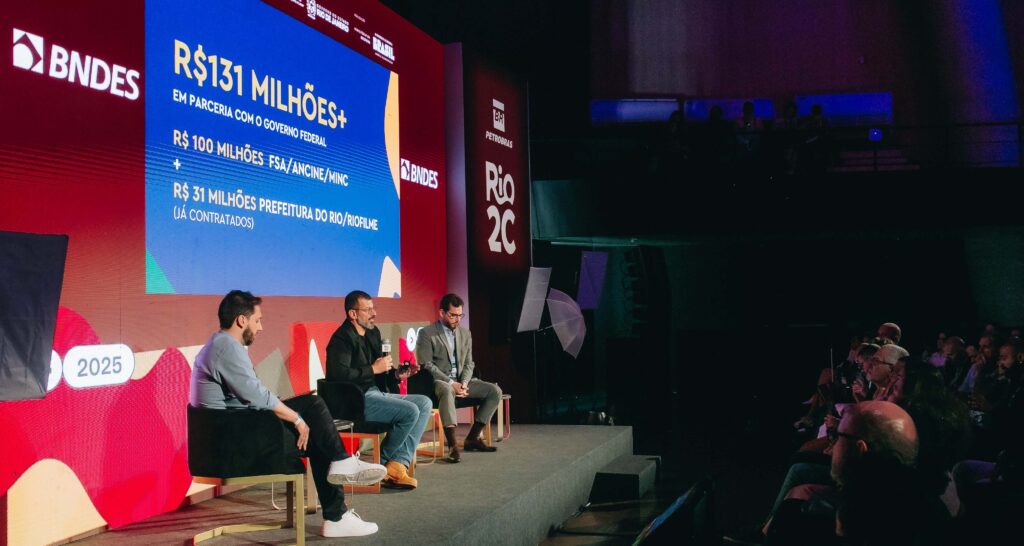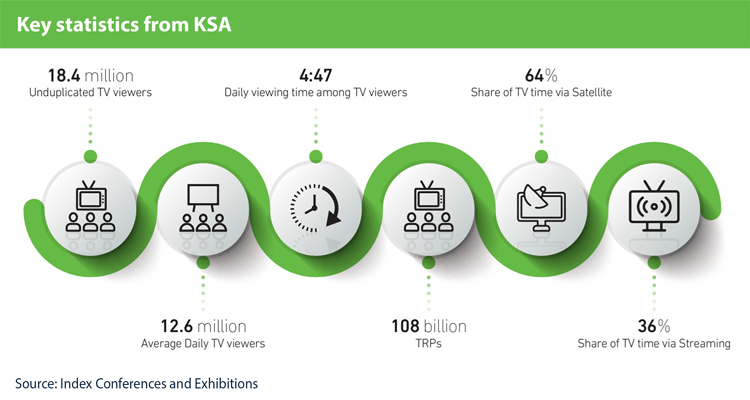
The month of Ramadan 2024 marked a significant transformation in the media and entertainment landscape across the Middle East and other regions with Muslim communities. The period was characterized by a notable increase in media consumption driven by unique cultural and social dynamics. This report, base on a whitepaper from Index Conferences and Exhibitions, delves into the various platforms that maximized their content strategies to captivate and connect with audiences during Ramadan, highlighting key statistics, trends, and insights from the month-long observance.
The surge in digital media consumption
During Ramadan, digital platforms saw a marked increase in user engagement. TikTok, for instance, reported an 8% rise in entertainment content consumption as users sought light-hearted and culturally relevant distractions. Sports content on TikTok experienced a remarkable 22% increase, likely driven by community viewing during evening gatherings. Food and drink content surged by 23%, reflecting the centrality of Iftar and Suhoor in daily Ramadan life. Peak activity on the platform occurred between Iftar and Suhoor, showcasing the diverse content range that accommodated users’ varying needs.
YouTube also saw significant engagement, especially among Indonesian viewers seeking spiritual and personal development content. Search data from the platform indicated a 2.3-fold increase in queries related to Islamic and Muslim lifestyle topics compared to the previous year. Additionally, there was a 60% increase in downloads of weight training videos, underscoring a trend towards maintaining physical health even during fasting periods. YouTube‘s flexibility in offering both long-form and short-form content allowed users to tailor their viewing experiences to fit their dynamic Ramadan schedules.
Podcast popularity peaks
Podcasting carved out a significant niche, particularly among Gen Z and Millennials. Approximately 30% of these younger audiences listened to podcasts daily during Ramadan, with an impressive 28% dedicating specific time post-Iftar to this format. This trend underscores a growing preference for personal and spiritual enrichment through audio content, providing a convenient way to engage with media while fulfilling Ramadan duties.
Connected devices and fragmented consumption
According to Google‘s «Ramadan Insights» research, households in the MENA region have the highest number of internet-connected devices globally, averaging 14 devices per household. This unprecedented connectivity is dramatically reshaping media engagement, making consumption patterns highly fragmented. Users across MENA interact daily with a diverse array of devices and platforms, diversifying their media engagement more than ever before.
While social media remains significant, a notable shift was observed: 72% of online activity in the region now occurs on the open internet. This broad category includes websites, mobile apps, digital audio, video games, streaming TV, and digital out-of-home media. This trend highlights the growing importance of these platforms not only for routine engagement but also for specialized campaigns during Ramadan.
Television’s enduring appeal
Despite the increasing popularity of digital platforms, television remains a cornerstone of entertainment during Ramadan. TV channels across the region schedule prime-time dramas specifically produced for Ramadan, featuring themes of faith, morality, and community. These series often become cultural phenomena, extensively discussed on social media and traditional media outlets. Special Ramadan-themed talk shows and variety programs provide nightly entertainment with popular hosts and guest appearances by scholars and celebrities, reinforcing communal bonds.
In celebration of Ramadan 2024, Shahid launched two popup channels: Ramadan “Ma’na_GCC” and Ramadan “Ma’na_series.” Similarly, STARZ ON launched two cooking channels in partnership with Roya Media Group: Roya Kitchen and Chefman. These initiatives reflect the continued appeal and adaptation of television content to cater to Ramadan viewers.
Streaming platforms adapt to ramadan rhythms
Streaming services like Shahid and MBC Ramadan adjusted their content offerings significantly during the dates, curating special sections for Ramadan dramas and religious programming. These platforms reported a spike in viewership, with drama series being particularly popular. The convenience of on-demand viewing allowed families to watch together after breaking their fast, fitting seamlessly into Ramadan’s nightly rituals.
In-Home TV viewing in Kingdom of Saudi Arabia (KSA)
The TV production industry in Egypt relies heavily on demographic profiles to target various audience groups and determine the artistic approach used in each show. Traditionally, producers categorize content into three main groups: «Class A,» «Class B,» and «Class C,» corresponding to different audience segments. The third category, “Class C,” often called a “Shaabi Drama,” typically depicts events in developing areas of Egypt, while “Class A” titles are often dramas or romantic series portraying residents of gated communities and luxury residential complexes.
During the 1990s, telenovelas imported from South America captivated television viewers across the Arab world. With the emergence of Arab satellite channels in the mid-1990s, Egyptian Musalsalat gained popularity in the region. Series like Aaylat Al Hajj Metwalli (The Family of Al-Hajj Metwalli) aired during Ramadan, setting a precedent that continues today. In the 2000s, these channels invested heavily in their Ramadan offerings, creating shows with high production values. Syrian soap operas, such as Bab Al Hara (The Neighbourhood’s Gate), played a central role in shaping the modern form of Musalsalat. Since the beginning of the conflict in Syria, other countries in the region, mainly Kuwait, the UAE, and Jordan, have emerged to take Syria’s place as significant producers of the Ramadan series.

